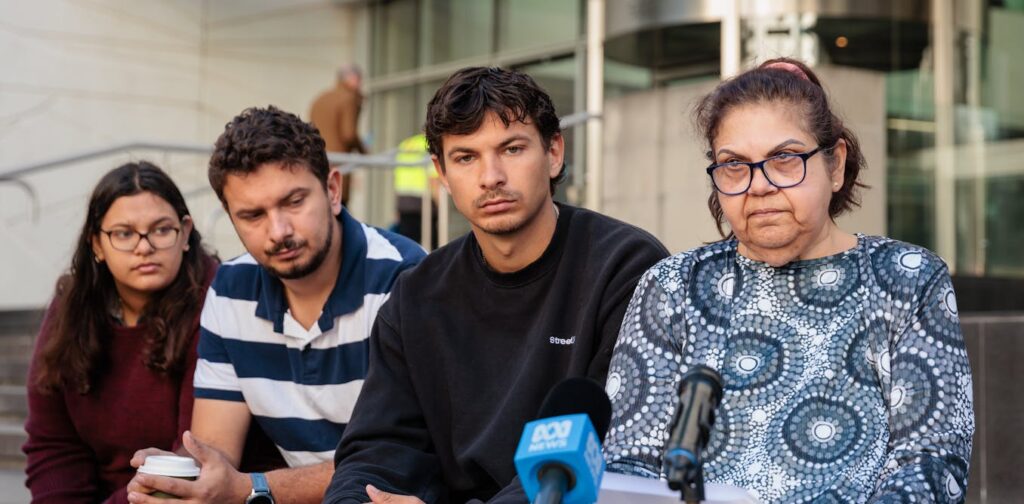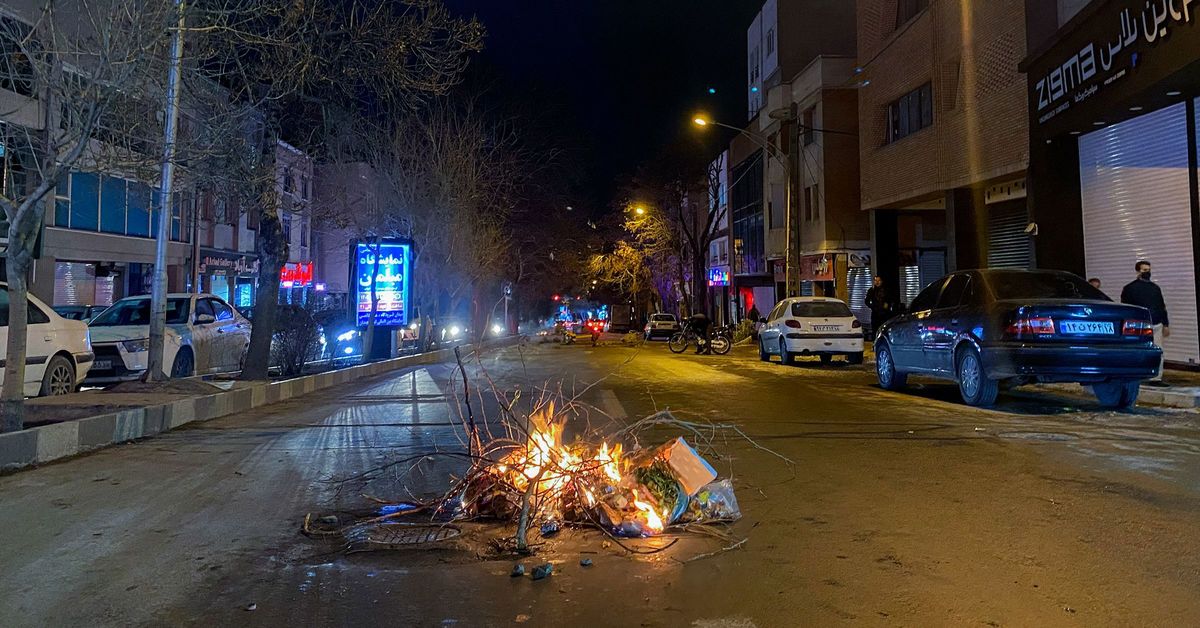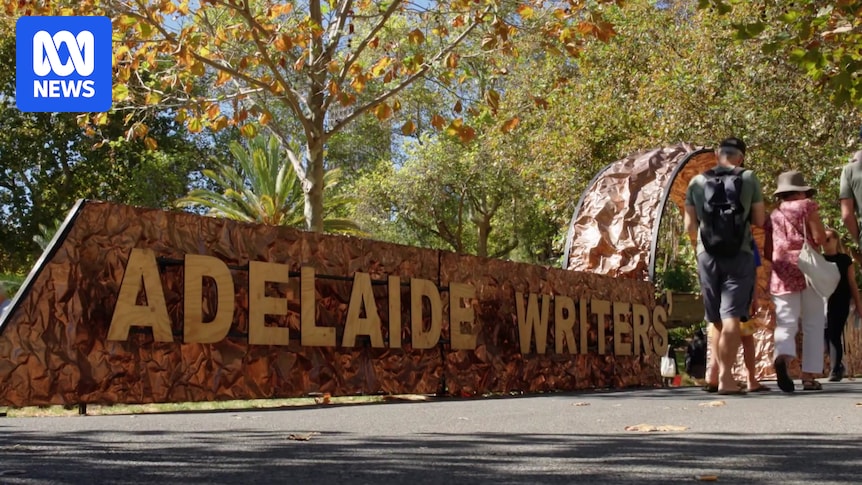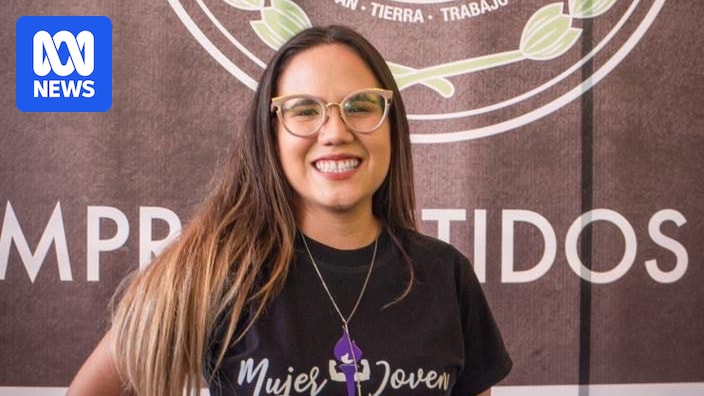
Aboriginal and Torres Strait Islander readers are advised this article contains names and images of deceased people.
The brutal murder of 15-year-old Noongar Yamatji boy, Cassius Turvey, by a group of white men has laid bare the racial tensions simmering within Western Australian society. Turvey was tragically beaten to death while walking home from school in October 2022. On Friday, the Western Australian Supreme Court handed down sentences to the three men involved in the crime. Brodie Palmer, 29, and Jack Brearley, 24, received life sentences for murder, while 27-year-old Mitchell Forth was convicted of manslaughter and sentenced to 12 years in prison.
This case presented the Supreme Court with a crucial opportunity to denounce racial violence unequivocally. While the sentences reflect the severity of the crime, the court’s handling of race as a factor in the crime remains contentious.
Racism at the Heart of Public Discourse
From the onset, racism has been a central theme in the public’s response to this tragedy. In the immediate aftermath of the 2022 attack, Western Australian Police Commissioner Col Blanch suggested the possibility of mistaken identity, stating it might be a case of being in the wrong place at the wrong time. This comment drew widespread condemnation from the First Nations community.
In solidarity with Turvey’s family, rallies were held nationwide. Prominent activist Lizzie Jarrett, representing the Gumbaynggirr, Bundjalung, and Dunghutti communities, asserted,
“No black child is ever, ever, ever in the wrong place at the wrong time on their own land.”
The Trial and Its Racial Undertones
During the trial, the court heard that Turvey and his friends, a group of Aboriginal high school students, were approached by the convicted men and a woman, 23-year-old Aleesha Gilmore, who was acquitted of homicide. Another individual, 21-year-old Ethan McKenzie, alongside Gilmore, was convicted of other offences related to the attack. The court was told that Turvey was chased and fatally beaten by Brearley with a metal pole.
The defence argued that the attack was not racially motivated, claiming self-defence due to Brearley’s car window being smashed days earlier. However, the prosecution presented evidence of a phone call where Brearley boasted about the assault, saying,
“He learnt his lesson.”
The prosecution suggested the attack was a collective response rather than a personal vendetta.
Despite the prosecution not explicitly alleging racial motivation, the court heard from 91 witnesses, some of whom testified that racial slurs were used by the accused. This raises the issue of race as a potential motive, aligning with evidence of systemic racism in the region.
Historical Context and Systemic Issues
The killing of Cassius Turvey echoes the case of Elijah Doughty, a 14-year-old Aboriginal boy killed in Kalgoorlie in 2016. Both incidents involved white male motorists retaliating against Aboriginal youths for alleged vehicle-related offences. These cases highlight a troubling pattern of racial violence and a penal system where Aboriginal children are 53 times more likely to be detained than their non-Aboriginal counterparts.
Judicial Commentary and Public Reaction
On the day of sentencing, Turvey’s mother described her son as a bright and compassionate individual, asserting the attack was racially motivated. This view is shared by many, including June Oscar, the Aboriginal and Torres Strait Islander Social Justice Commissioner, who has been vocal about the racial undercurrents of such crimes.
Chief Justice Peter Quinlan condemned the attacks but stopped short of labeling them racially motivated, despite acknowledging the use of racial slurs by the perpetrators. He noted the fear such language instills, saying,
“It’s no surprise […] that the kids would think they were being targeted because they were Aboriginal.”
However, the court’s message did not specifically address racial violence, focusing instead on general deterrence against vigilante actions.
The Broader Implications
Critics argue that the court’s reluctance to explicitly identify racial motivation reflects a broader discomfort within Australian society to confront racism directly. Munanjahli and South Sea Islander Professor Chelsea Watego has commented on this tendency, suggesting that it allows racial violence to be sanitized and perpetrators to avoid accountability.
This case underscores the need for a judicial system that acknowledges and addresses racial violence explicitly. The failure to recognize the racial dynamics in Turvey’s murder perpetuates a narrative where such acts are seen as isolated events rather than part of a continuum of historical and systemic oppression.
As Australia grapples with these issues, the sentencing of Cassius Turvey’s killers serves as a stark reminder of the ongoing struggle to achieve racial justice and equality. The implications of this case extend beyond the courtroom, challenging society to confront uncomfortable truths and work towards meaningful change.





